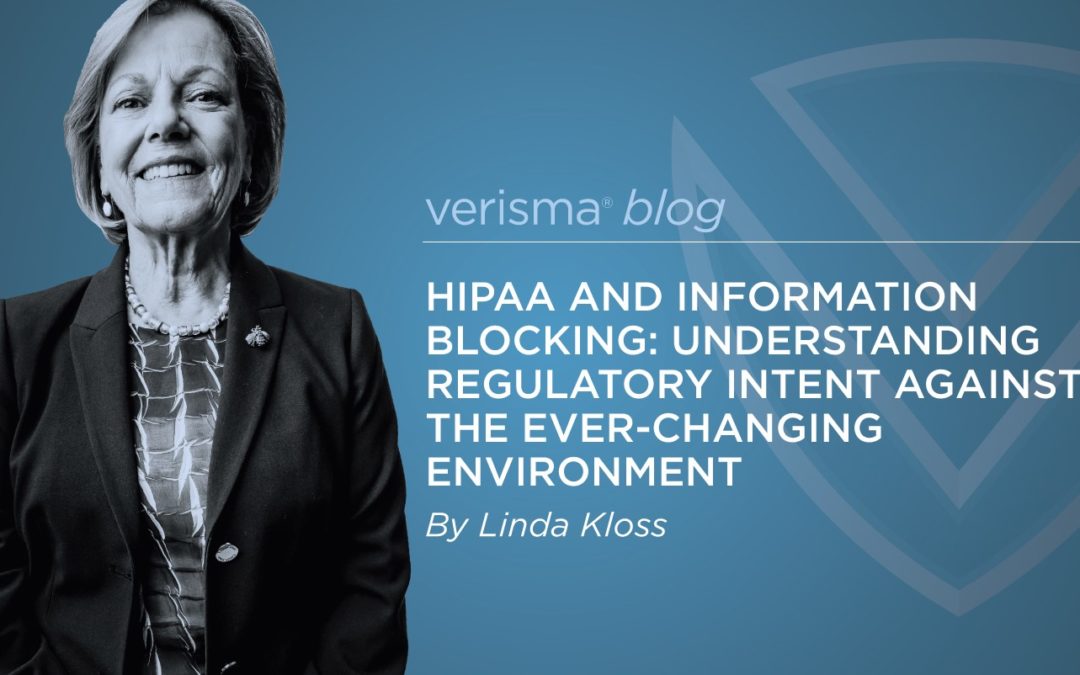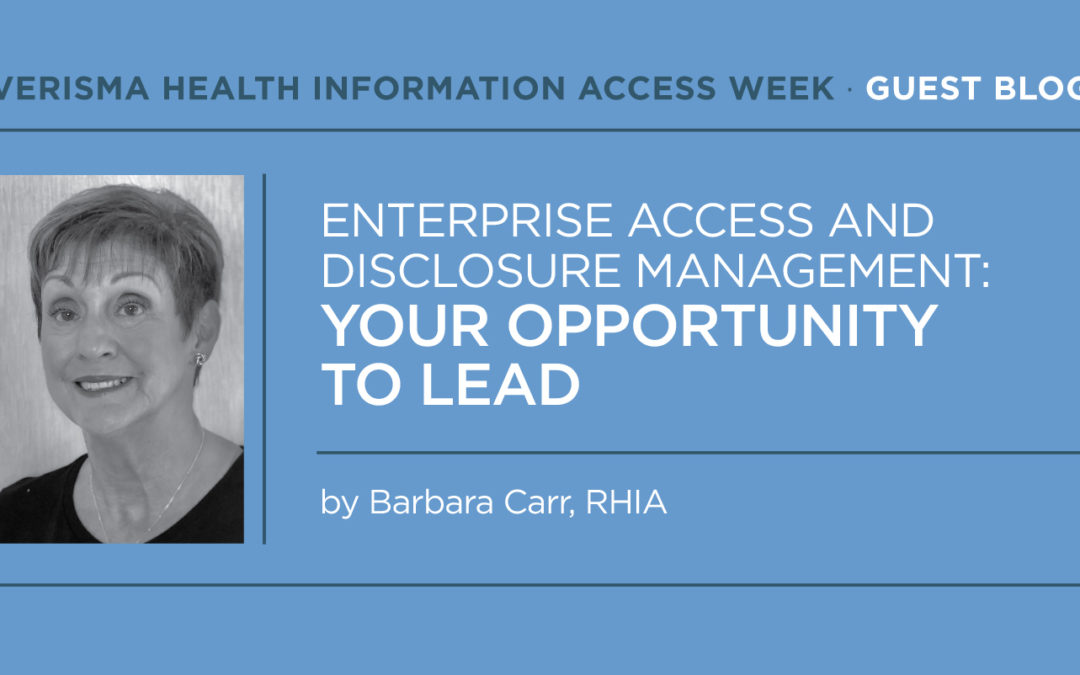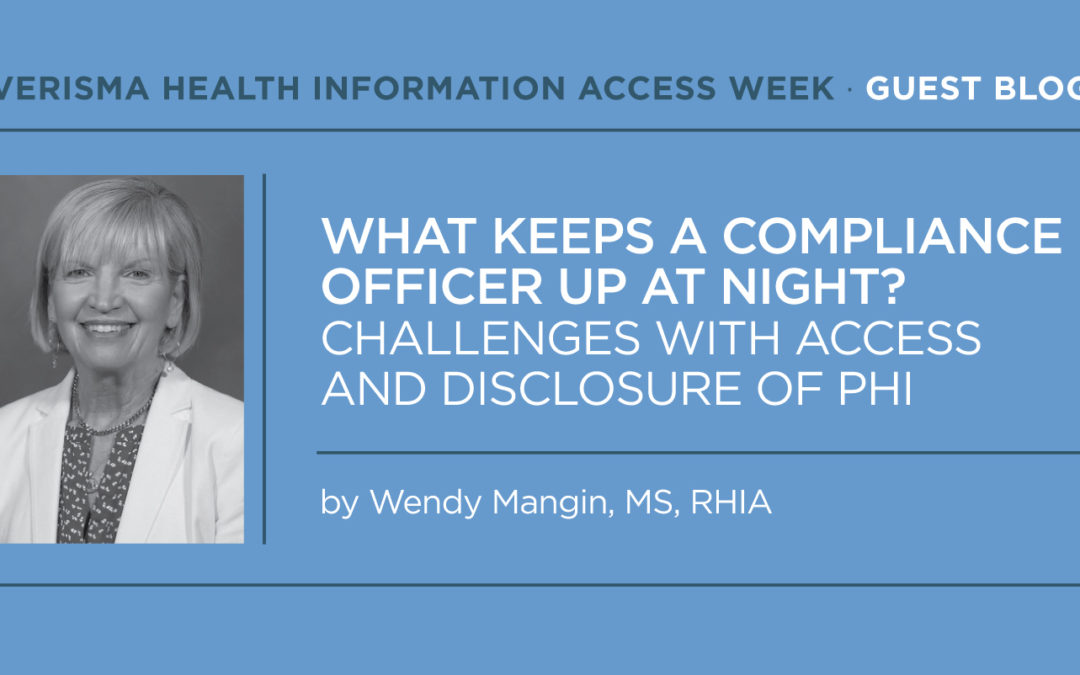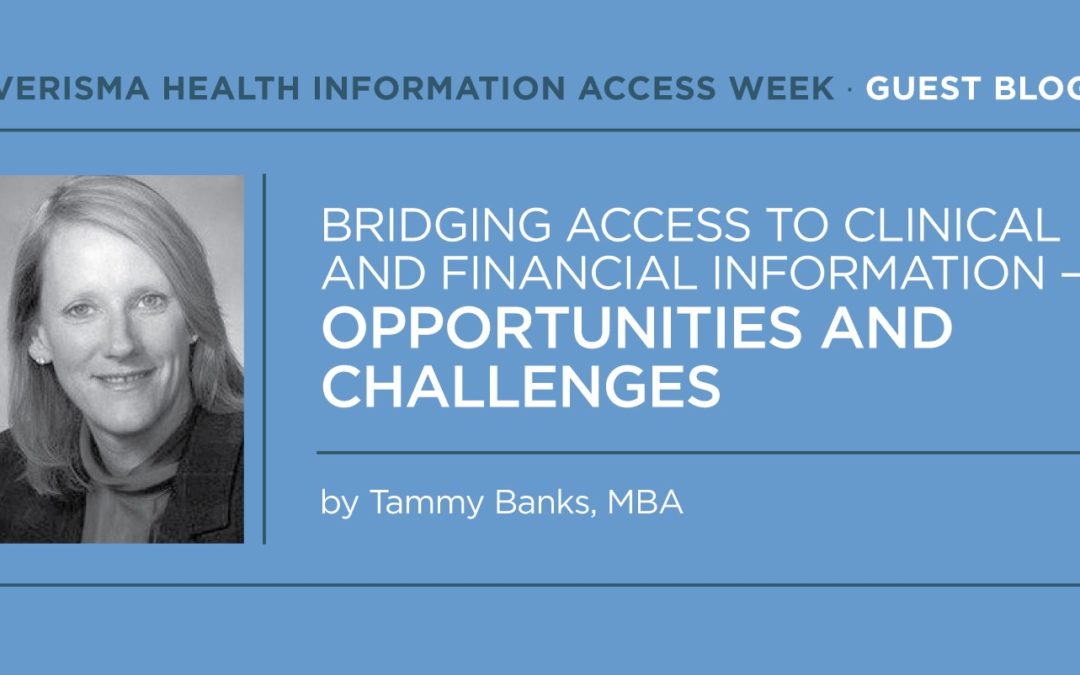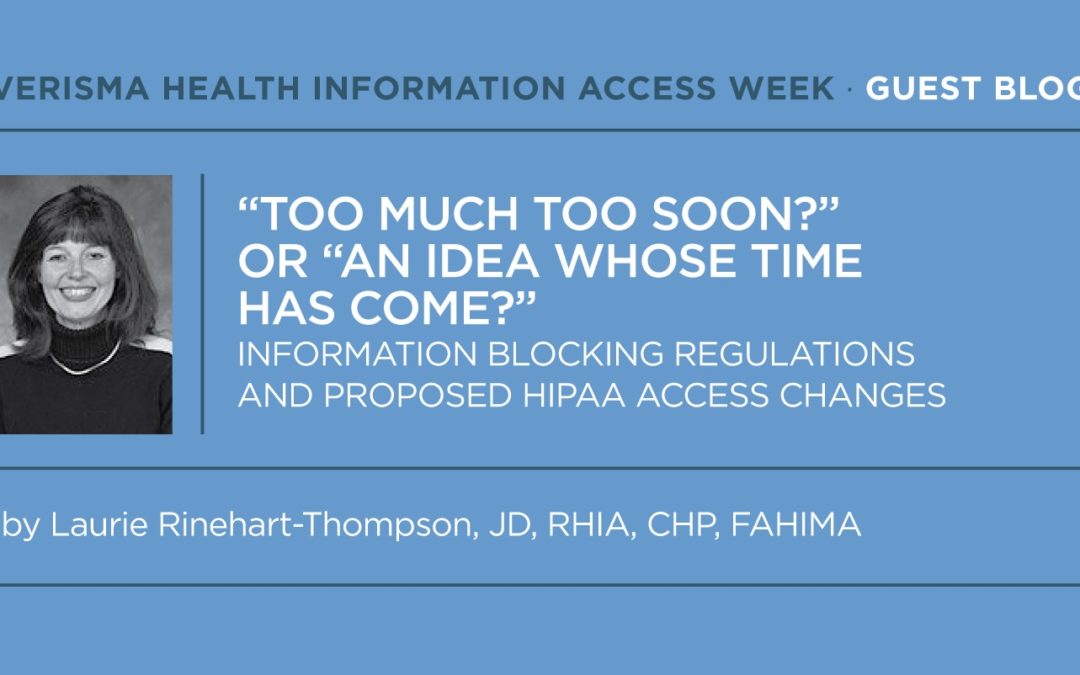
Key Takeaways from AHIMA21
AHIMA21 was unlike any I can remember in recent years. Of course, my first AHIMA Convention was 40 years ago. AHIMA’s focus today is nothing like it was back then. Back then there were dictation systems with tapes and discs, transcription was still being done on a typewriter and vendors were selling the latest in file folders and filing systems. The name of this year’s convention was “Transforming the Future of Health Data”, and the convention was all about data: data integrity, data interoperability, data governance, and data sharing. The content this year was rich with information on the latest technology, data interoperability, and management trends that HIM professionals need to be prepared to execute in our fast-changing technology-focused world. AHIMA CEO, Wylecia Wiggs-Harris, reminded us that “health data is human data” and “data needs to be translated into information that is accurate and can be trusted.”
Reflecting on all that I heard and witnessed at this convention, I found a few key takeaways that I would like to reflect on:
- Top trends in data interoperability and information blocking – The number of healthcare Apps that are available to patients for accessing and downloading their health information is growing. The development of these healthcare apps is continuing to explode thanks to the 21st Century Cures Act. Apple is the most common 3rd party app, but many other apps are also available and in development. We learned that HL7 FHIR (Fast Healthcare Interoperability Resources) is now the standard API (Application Program Interface). This game changer is enabling the healthcare market to employ faster and easier methods to exchange EHI as well as enable mobile app integration. The Verisma Request App® is one app that is helping organizations meet the demand for apps that are easy to use and provide the patient with direct access to their healthcare information regardless of the EHR where their information is stored.
- Data Integrity and Patient Matching – The importance of accurate patient matching and avoiding duplicate records for a patient is becoming even more important under information blocking. HIM professionals have always known how important correct patient matching is for patient safety and data integrity. However, now incorrect patient matching can cause your organization to be out of compliance with the 21st Century Cures Act. The patient would not be accessing ALL their health information they request due to duplicate patient records. Technology is advancing to enable smart fault tolerant searches within clinical systems to do a better job of patient matching. We learned how artificial intelligence (AI) is being utilized to improve the accuracy and integrity of both patient and clinical information. However, it still requires human oversight. AHIMA CEO, Wylecia Wiggs-Harris, stated that “It’s our profession that drives all aspects of integrity and protection of data and health information.”
- New Era of HIM Leadership – Speakers addressed how HIM leadership has evolved during the pandemic and managing virtual workplaces. Speakers stressed how HIM professionals need to be ready for the new world of technological advances and prepared for it ahead of time. Innovation in management as well as technology were driven forth at a faster pace over the last 18 months due to the COVID-19 Pandemic. Monday’s speaker, Seth Jeremy Katz, MPH, RHIA, FAHIMA, spoke on what HIM needs to focus on during this decade. There will be a continued growth in AI in many areas of healthcare, big tech such as Apple and Google are getting in on healthcare and we will see this grow stronger in the future. What new issues will this cause for HIM and data integrity and accuracy? We will see a continued growth in telehealth and remote patient monitoring. Remote work will be the norm as the HIM department becomes a virtual one. The one fascinating thing I heard about from one speaker was robotics. Robots will be able to do many simple tasks that are now performed by humans. This will create a new area for HIM oversight of the information produced/collected by the robots. For instance, robots, or chat bots, will be able to help fill out ROI requests, and know what information you requested and be able to go into the clinical system and release the information to you without any human interaction. HIM leaders need to be prepared and plan for all the new technological changes and how they will manage these changes. It will be up to HIM professionals to ensure that the data they produce is accurate. The new technology will create a huge disruption if you are not prepared for it. New roles will be open to HIM professionals who are prepared. One speaker at the conference, Dr. Daniel Kraft said it best; “Uber yourself before you get Kodaked.” Start preparing for the future now.
- Protecting Healthcare Data – OCR Director, Roger Severino was quoted by one speaker, “Hacking continues to be the greatest threat to privacy and security of individual health information.” We heard about many threats to healthcare data and ways in which those threats are growing. This creates new areas for HIM professionals to focus their expertise in protecting the healthcare data. One speaker, Michael Stearns, MD, CPC, CRC, CFPC, noted that “value-based care initiatives coupled with interoperability mandates are creating a data tsunami and a desperate need to tame it.” The 21st Century Cures Act which requires that patients have access to structured and unstructured EHR information has led to concerns for privacy and security. Ensuring the patient gets the right record they are requesting is essential to maintaining privacy.
I have to say I’ve missed all the personal connections and conversations that occur at the annual conventions and I hope we are able to go back to the in-person events in the future. I did enjoy the participant chats and found out that there were many people who were able to attend this year because it was virtual as their employers are no longer paying travel expenses.
As a final observation, I was very proud of Verisma and the many AHIMA members who made possible the company’s $5,000 donation to the AHIMA Foundation. This donation reflects individual and state association pledges to protect truth and accuracy of health information. Add your name to this pledge embracing the values of HIM at: https://verisma.com/pledge-to-protect-truth-and-accuracy/.

